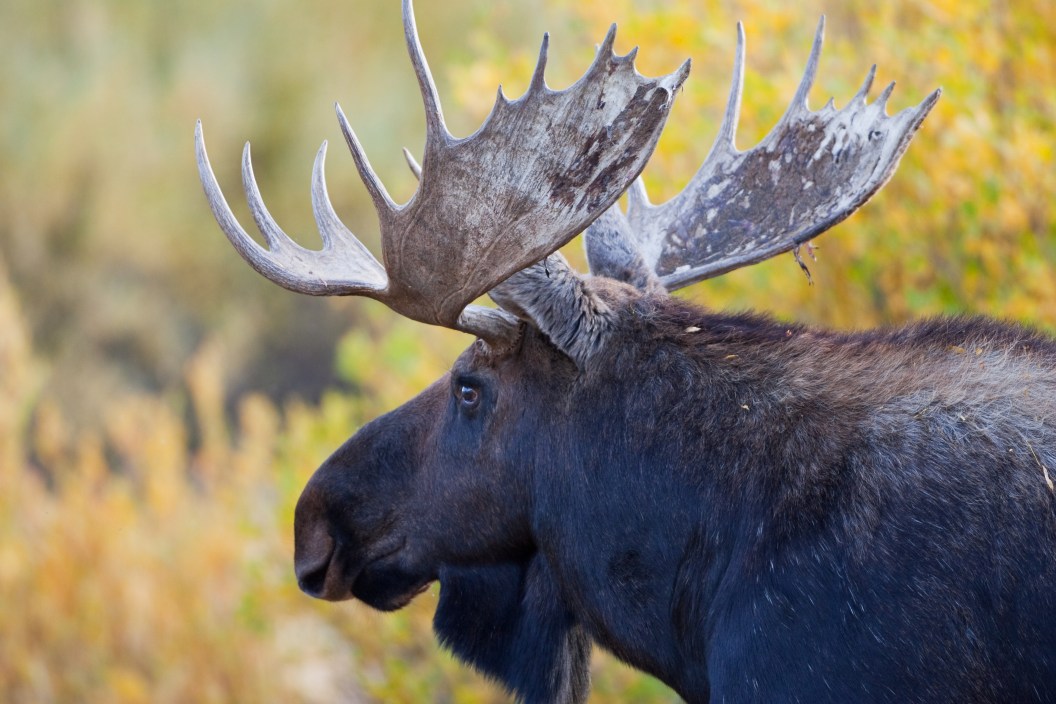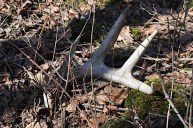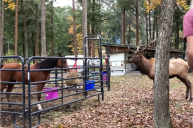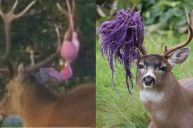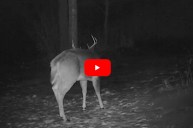Laying your eyes on a moose, let alone hunting a moose, is on many peoples' bucket lists. They are majestic creatures who should be given the distance and respect that they deserve and viewed from a great distance. Spread across the northern forests of North America, from Maine to Alaska to Canada, these massive creatures are famous for their incredible size and strength. But their size isn't their only attribute. They also are uniquely good swimmers and can hold their breath underwater for over a minute. When colder weather hits, moose head to ponds and lakes to take advantage of underwater plants. They've even been known to catapult off a cliff or two.
Moose are the largest members of the deer family, also known as Cervidae, a group of hoofed animals with includes deer, elk, caribou, and moose. Adult males weigh between 1,200 and 1,650 pounds, with bodies up to 10 feet long and standing 6 to 7 feet at the shoulder. The biggest moose ever recorded was a monstrous animal, taken with a rifle in the Yukon, Canada, by Debra Card in 1999. The moose weighed over 1,800 pounds and had 19 points on one antler and 20 on another.
Much like deer, elk, and caribou, moose shed their antlers every year. As the biggest animals in their Cervidae family, moose also have the largest sheds by a long shot. Each of their two antlers can measure 5 to 5 feet wide and weigh 25 to 30 pounds each. Even the most magnificent deer antler can't hold a candle to a bull moose antler.
Moose shed their antlers every year, and finding a moose shed is a lucky event, but seeing a moose shed its antlers in real-time is a once-in-a-lifetime experience. National Geographic was lucky enough to capture a moose shed on camera. The Wyoming-based moose even scared itself when its monstrous antlers dropped.
Why Do Moose Have Antlers?
Male moose, like other Cervidae such as elk, caribou, and deer, have antlers attached to their heads. These antlers grow and are shed every year.
For moose, antlers are an impressive set of headgear that mainly serves as a display of the male moose's dominance and strength during the fall mating season, when they are competing with other bull moose to mate.
Male moose can attract female moose with antlers, as well as fight other male moose for dominance. Younger, weaker males can easily be scared off by a bigger moose's antlers, giving the bigger moose a better selection of female moose to mate with.
What Are Moose Antlers Made Of?
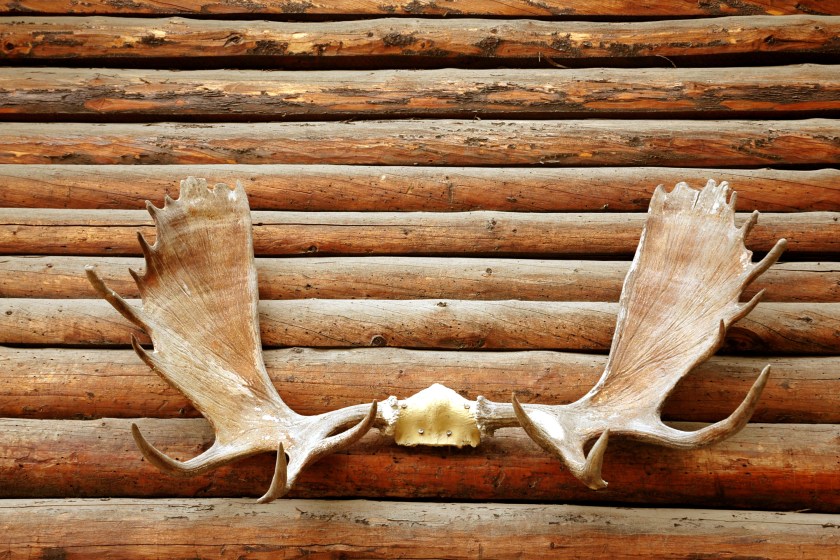
Getty Images, brytta
Antlers, found in the Cervidae family, are made of bone. They grow out of a small, bony growth on the top of the animal's skull called the pedicel.
When antlers are growing, they are covered with "velvet", which is a thin, soft layer of skin and blood vessels. The velvet carries nutrients to the antlers while they are growing. When the antlers are done growing, the outer bone hardes and the velvet dies. This can be a very itchy process, and moose scrape the velvet off on brush or trees. This also stains, shines, and sharpens their antlers, getting them ready for the rut.
Antlers differ from horns, which are found on cows, goats, and sheep. Horns are made of keratin, the same substance that makes up human fingernails. Horns, unlike antlers, are not shed and can be found on both male and female species of animals.
Why Do Moose Drop Their Antlers?
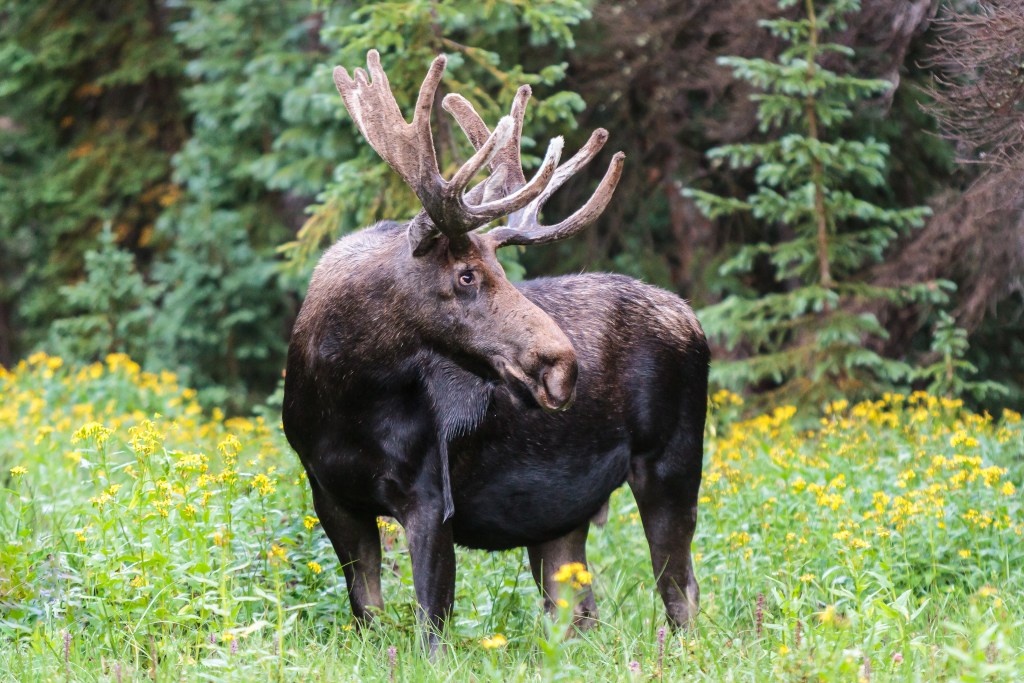
Getty Images, Gary Gray
Once the fall breeding season is over, male moose no longer need their antlers, and the moose shed them. At this time, a type of bone cell called an osteoclast breaks the weld between the antler and the skull at the pedicle and the moose (or deer or elk) drops its antlers.
A full rack of moose antlers can weigh 60 pounds, putting a lot of strain on the moose. By shedding that weight, male moose can better conserve their energy during the long winter months. During the winter, food is scarce and moose have to work hard to stay warm and move through deep snow. An extra 60 pounds on their heads can weigh them down, and the antlers are unnecessary once the rut is over.
How Often Do Moose Lose Their Antlers?
Moose lose their antlers once a year, in the winter. Antlers are primarily used during the rutting season, which is in the fall, and after that season is over, antlers are no longer needed. Often, younger bull moose will lose their antlers sooner than older bull moose.
Do Moose Antlers Grow Back?
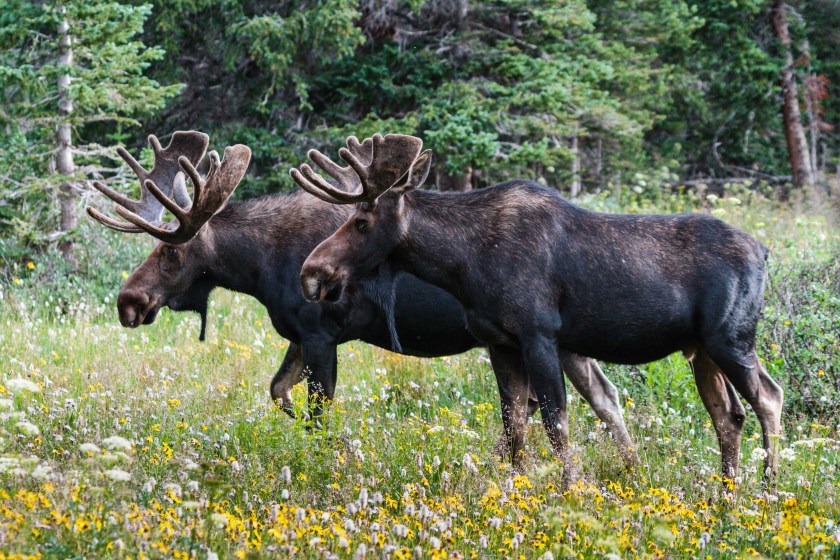
Getty Images, Gary Gray
Moose antlers do grow back. Bull moose start growing antlers anew in early spring. Antlers actually have the fastest bone growth in the world. New antler growth is triggered by increasing daylight, as well as testosterone production. As testosterone levels increase, so does antler growth. Moose antlers regrow just a few months after they are shed, and a moose in its prime can grow a pound of antler a day,
Good growth is linked to genetics and age, as well as good nutrition. A healthy and protein-rich diet grows antlers the fastest, so moose with good habitat generally have the most impressive racks.
Does It Hurt When Moose Lose Their Antlers?
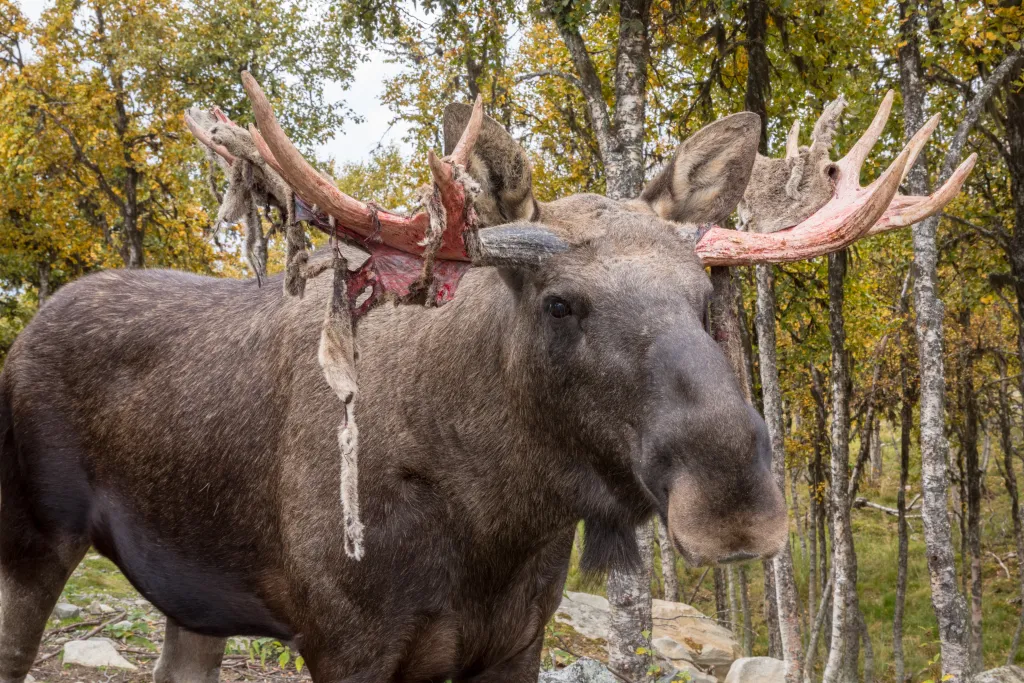
Getty Images, lillitve
When moose antlers fall off, they separate from the skull from the attachment point, called the pedicel, at the base of the antlers. When the antlers fall off, they produce what is essentially an open wound. There is often some bleeding and scabbing. However, moose don't seem to be concerned with this. The blood quickly clots and is washed off by precipitation. Eventually, a scab forms. The whole process is believed to be painless to the animals or at least minimally uncomfortable when compared to the relief of losing such heavy antlers off their heads.
What Do Moose Do With Their Shed Antlers?
Moose themselves don't have much use for their shed antlers, but shed antlers don't just litter up the forest floor, either. They provide sources of calcium to smaller mammals, such as squirrels, mice, and porcupines, who all nibble on the sheds to get nutrients.
Shed-hunting is also a popular pastime for people, and enthusiasts take to the woods every year in hopes of finding a massive shed to bring home.
How To Hunt for Moose Antler Sheds
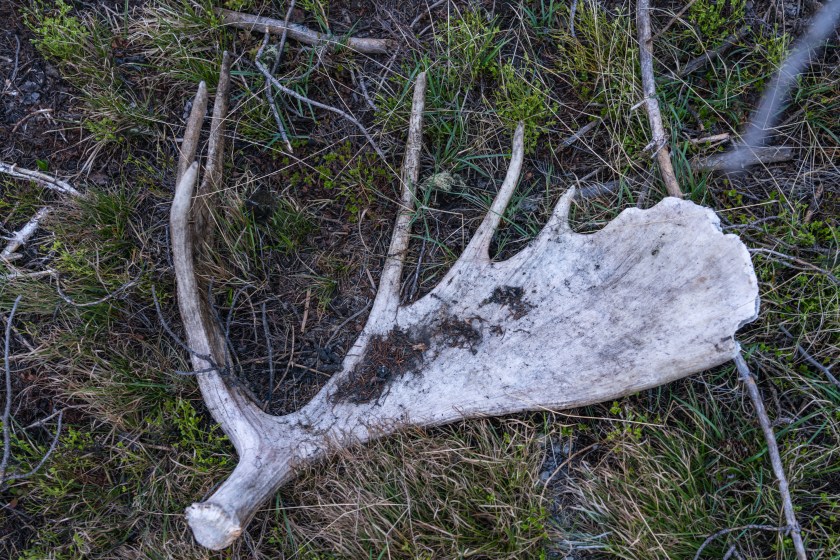
Getty Image, Sparty1711
The first step in shed hunting is making sure you're hunting in moose habitat, particularly habitat where moose are spending the winter since that's when they'll be shedding their antlers. The University of New Hampshire recommends looking for antlers in higher terrain where spruce, fir, birch, and mountain ash are found.
While you can shed hunt any time of the year, it's best to get out as soon as the snow melts. Mice, squirrels, and porcupines are just as eager as you to find antlers, as they'll need the extra calcium after a long winter. You'll want to make sure you find the sheds before the critters do if you want one without a bite taken out of it.
Cloudy days provide better contrast, and if you go after a rain storm, the water can give antler sheds a sheen that will help you spot them amongst the leaf litter.
Some people also train dogs to find antlers, which can save you many hours of walking or the possibility of walking by the right one.
The hardest part about shed hunting is finding an area where someone else hasn't already shed hunt. The more remote or out there you can get, the better luck you'll have. Using an ATV or a snowmachine can get you out into better hunting territory.
Some states do have shed hunting regulations, so be sure to check with your local wildlife agency before heading out yourself.
READ MORE: How Big Are Wolves? For Starters, Way Bigger Than You Think
